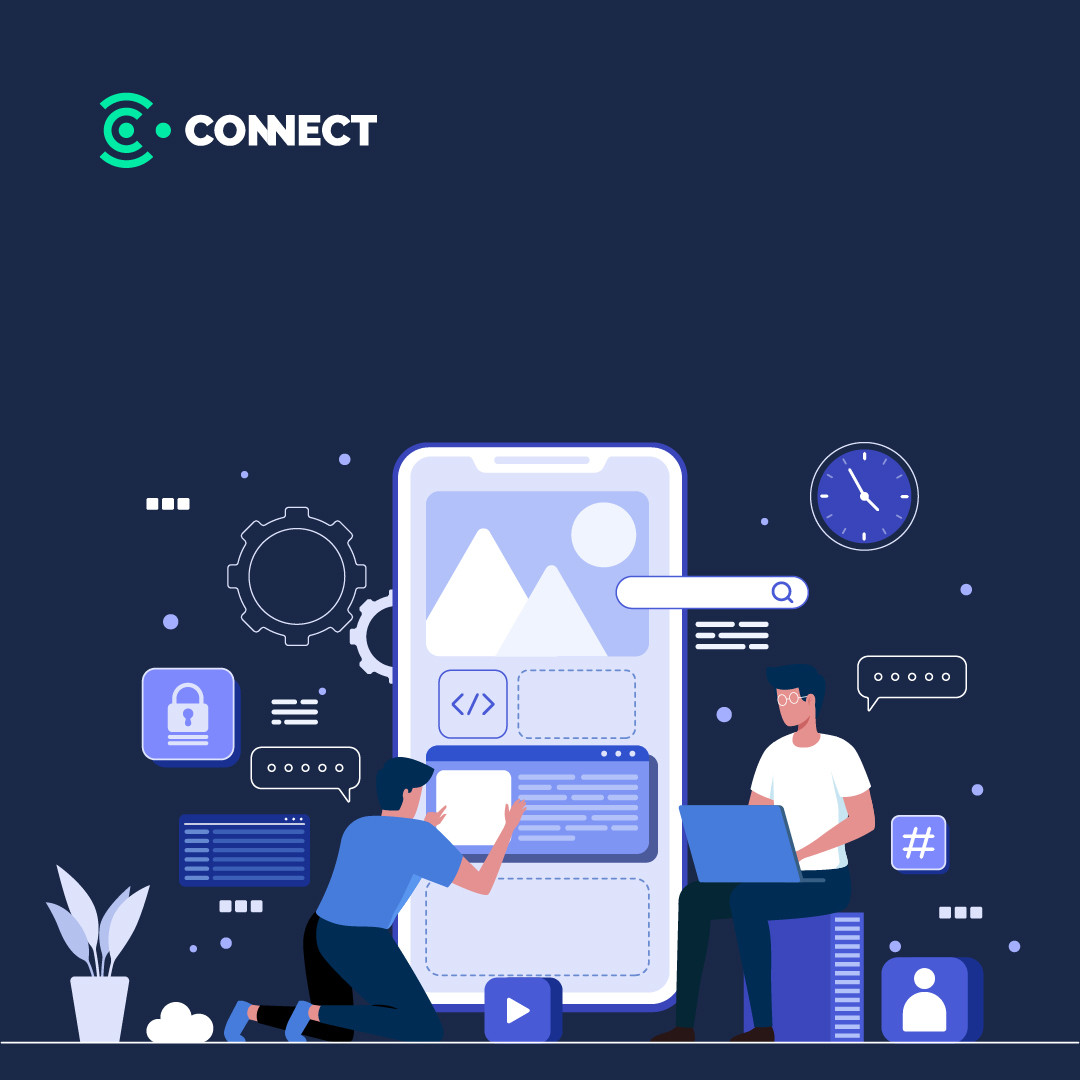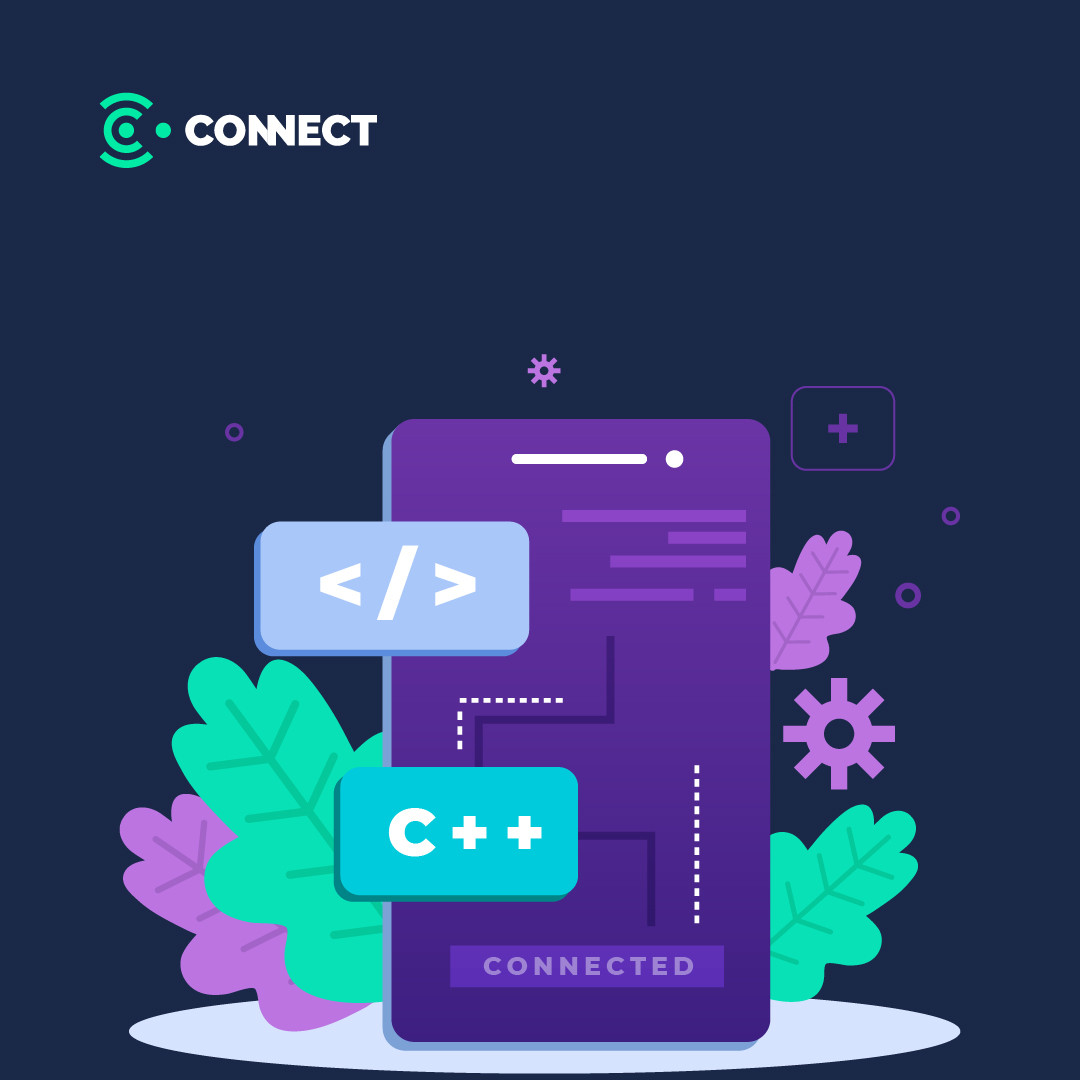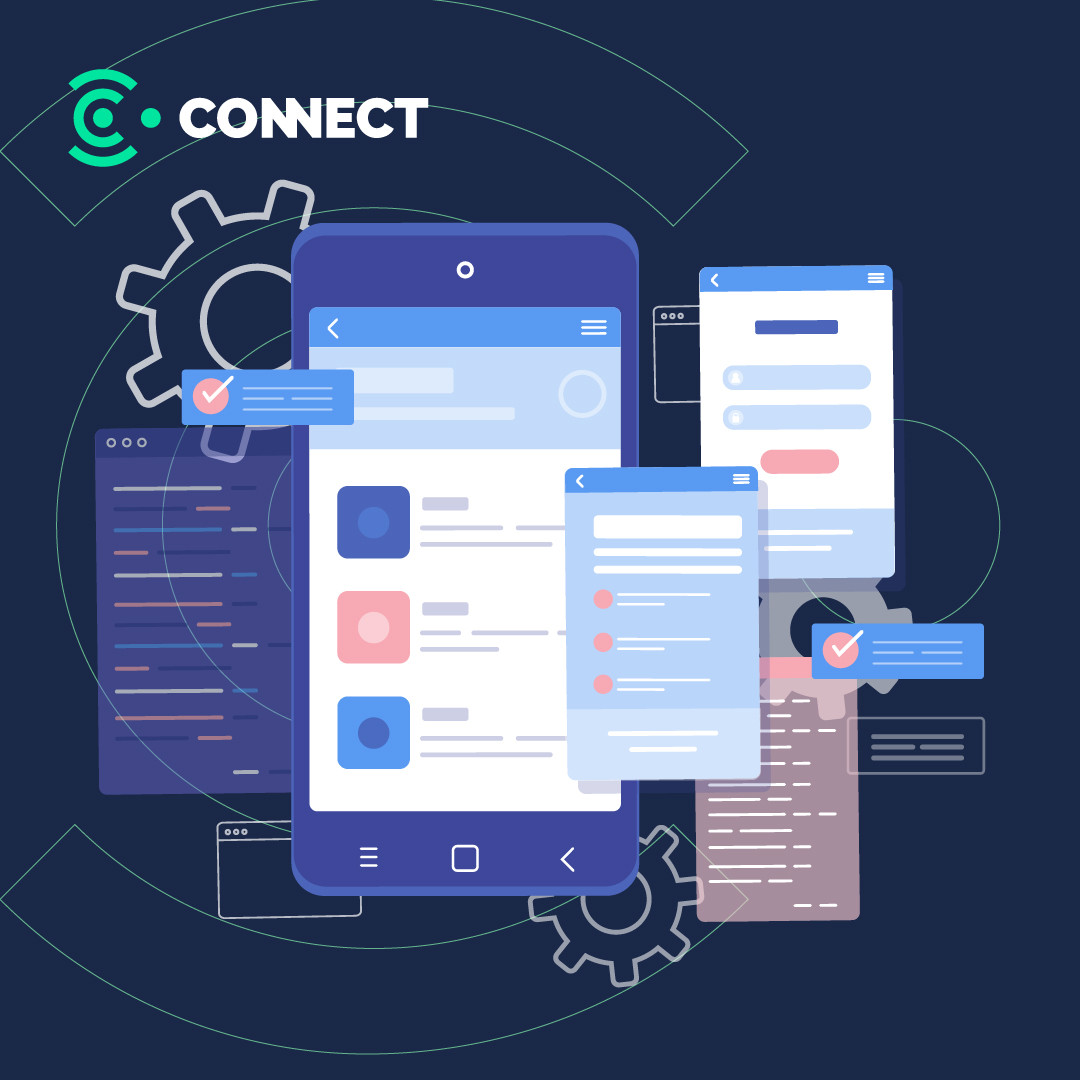Mobile apps are computer programs designed specifically for mobile devices such as smartphones and tablets. Programming and designing mobile applications differs from websites in that they provide interactive and unique features that take advantage of the device's capabilities, such as the camera, GPS, and sensors.
Learn how to program and design mobile applications for iOS ::
iOS application programming
To program iOS apps, you will need the following:
1. Mac:
iOS apps can only be developed on a Mac. Make sure you have a Mac running macOS Mojave (10.14) or later.
2.Xcode:
Xcode is Apple's free integrated development environment (IDE) for writing iOS apps. You can download Xcode from the App Store on your Mac.
3. Programming language:
There are two main languages for programming iOS applications:
Swift: A modern programming language created by Apple and the preferred language for iOS app development.
Objective-C: An old programming language that was used to program iOS applications
4. Apple developer account:
To release your app on the App Store, you'll need an Apple developer account. You can create a free or paid account on the Apple Developer website.
5. Learn the basics of programming:
Before you can start programming iOS apps, you'll need to learn the basics of programming. You can find many online resources to learn Swift or Objective-C, such as:
Online courses: such as Udacity, Coursera, and Udemy.
Books: Such as Head First Swift and iOS Programming: The Big Nerd Ranch Guide.
6. Start with a simple project:
The best way to learn iOS app programming is to start with a simple project. You can find many educational projects online.
7. Application testing:
Once you've written some code, you'll need to test your app on your iPhone or iPad. You can use Xcode to test the application on an emulator or on a physical device.
8. Deploy the application:
Once you finish developing your app, you can publish it on the App Store. You'll need to submit your app for Apple review before it can be published.
Mobile Application Programming | Programming and development services ::
Mobile app programming is a fast-growing field with huge opportunities for skilled developers. If you're interested in learning how to program mobile apps, there are many resources available to help you get started.
Here are some steps for programming mobile applications:
Choose operating system:
Android and iOS are two of the most popular mobile operating systems. Each has its own development environment and programming languages.
Learn programming language:
Each operating system has its own programming languages. For Android, you can use Java or Kotlin. For iOS, you can use Swift or Objective-C.
Download the integrated development environment (IDE):
An IDE is a software tool that provides everything you need to write and run mobile applications. For Android, you can use Android Studio. For iOS, you can use Xcode.
Find tutorials:
There are many online tutorials that can help you learn how to program mobile applications. You can also find books and websites that offer tutorials.
Practice writing code:
The best way to learn how to program mobile apps is to practice. Try to write some code every day and build simple applications.
Test your app:
Once you've written some code, you'll need to test your app on a mobile device. You can use an emulator or a physical device to test your app.
Publish your app:
Once you finish developing your app, you can publish it on the App Store.
Your journey towards developing a successful mobile application for your business: a simplified guide ::
introduction:
In a smartphone-dominated world, having a mobile app for your business has become essential.
Basic steps:
Define your goals:
What problem do you want to solve with the app? What jobs do you want it to offer?
market study:
What are the needs of your target audience? What similar apps are there on the market?
User interface design:
The user interface should be easy to use and attractive.
Choosing a programming language:
It depends on the operating system you want to develop the app for (Android or iOS).
Writing code:
Write the code using your chosen programming language.
Application testing:
Test the app on various devices to make sure it works properly.
Publish the application:
Publish the app on the appropriate app store (Google Play Store or Apple App Store).
Tips for successful application:
Market the app:
Let people know about your app through ads and social media.
Get user feedback:
Listen to user feedback and improve the app based on it.
Update the application regularly:
Add new features and fix bugs to keep the app running.
Conclusion:
Developing a successful mobile app for your business is not easy, but it is possible with careful planning and implementation.
note:
Make sure to consider the needs of your target audience when designing the app.
Continuously improve the app to maintain its continuity.
Hire experts to design and develop the application if you do not have sufficient experience.
Mobile Applications Design ::
introduction:
Mobile app design is an essential element for the success of any app. An attractive and user-friendly interface is key to attracting users and keeping them engaged with the app.
Mobile app design elements:
the target audience:
It is important to understand users' needs and behaviors to design a user interface that meets their needs.
Simplicity of use:
The user interface should be easy to understand and navigate.
Consistency:
There must be consistency in the design of all application pages.
Clarity:
Graphic elements and text should be clear and easy to read.
Interactivity:
The user interface should be interactive and provide an enjoyable user experience.
Mobile app design tools:
Adobe XD: A powerful tool for designing user interfaces.
Sketch: A popular tool for designing user interfaces.
Figma: A collaborative tool for user interface design.
Adobe Photoshop: A powerful image editing tool.
Adobe Illustrator: A powerful tool for creating vector graphics.
Tips for designing mobile applications:
Start by creating a prototype:
A prototype helps you test your ideas and receive feedback from users.
Test the user interface on various devices:
Make sure the UI looks good on all screen sizes.
Get feedback from users:
Ask users what they think about the user interface and make adjustments based on their feedback.
Mobile application programming and design company in Saudi Arabia::
Programming and designing mobile applications in Saudi Arabia: pioneering digital technology
The Kingdom of Saudi Arabia is witnessing tremendous development in the field of programming and designing mobile applications, as this technology has become one of the main factors that support digital transformation in various sectors. Below is a comprehensive overview of this advanced field in the Kingdom:
1. Leading technology:
Saudi Arabia has witnessed a rush towards adopting the latest technologies in the field of mobile application programming, such as artificial intelligence and machine learning techniques, to improve application performance and provide outstanding user experiences.
2. Business development:
Designing and programming applications contributes to enhancing business and leadership in various industries, whether health, education, e-commerce, or government services.
3. Specialized companies:
Saudi Arabia is famous for the presence of many companies specialized in programming and designing mobile applications, such as the Middle East Software Company and the Software Office for Digital Solutions, which provide innovative technical solutions.
4. Enhance communication:
Social applications and chat applications contribute to enhancing communication and interaction between individuals and providing interactive experiences that meet the needs of users.
5. Stimulating the digital economy:
Application development plays a crucial role in enhancing the digital economy, as it contributes to creating job opportunities and improving services for citizens and businesses.
6. Data security and privacy:
App developers pay great attention to ensuring information security and protecting users' privacy, which contributes to building users' confidence in using apps.
7. Moving towards smart transformation:
National plans in the Kingdom indicate a trend towards smart transformation, which enhances the demand for mobile applications that meet the needs of this development.
What is application programming, its importance, and what are the steps for developing your application::
Programming and designing mobile applications and its importance:
Application programming refers to the process of writing code to design and develop an application that runs on mobile operating systems such as iOS or Android. Applications are an essential part of our daily lives, and offer many features and benefits, including:
Ease of access:
The application provides easy access to content or services by simply tapping on the screen, saving time and effort for users.
Enhanced user experience:
Applications can be custom designed to provide a unique and easy-to-use user experience.
Benefit from loud features:
Smartphone apps can leverage hardware features like the camera, GPS, and other sensors to provide unique and advanced experiences.
Better interaction with users:
Providing a means of continuous interaction with users through app notifications and social media interaction.
Improving business performance:
Providing an application contributes to enhancing business performance by increasing communication with customers and improving ease of access to products or services.
Steps for programming and designing mobile applications:
Developing a successful application requires a detailed process and careful planning. Here are basic steps that can help you develop your app:
determining the goal:
Determine the purpose of the application and the target group. Knowing whether the application is commercial, educational, or entertainment helps determine the required characteristics and features.
market study:
Study the market to understand competition and user needs. Are there similar apps? How can your app be special?
Layout features:
Determine the basic and additional features the app will offer, such as the user interface, interactions, and any special features.
Technology selection:
Choose the right technology for app development (iOS, Android, hybrid) and choose the appropriate programming languages.
Software development:
Start programming the application using appropriate best practices and programming frameworks.
**Test and improve



